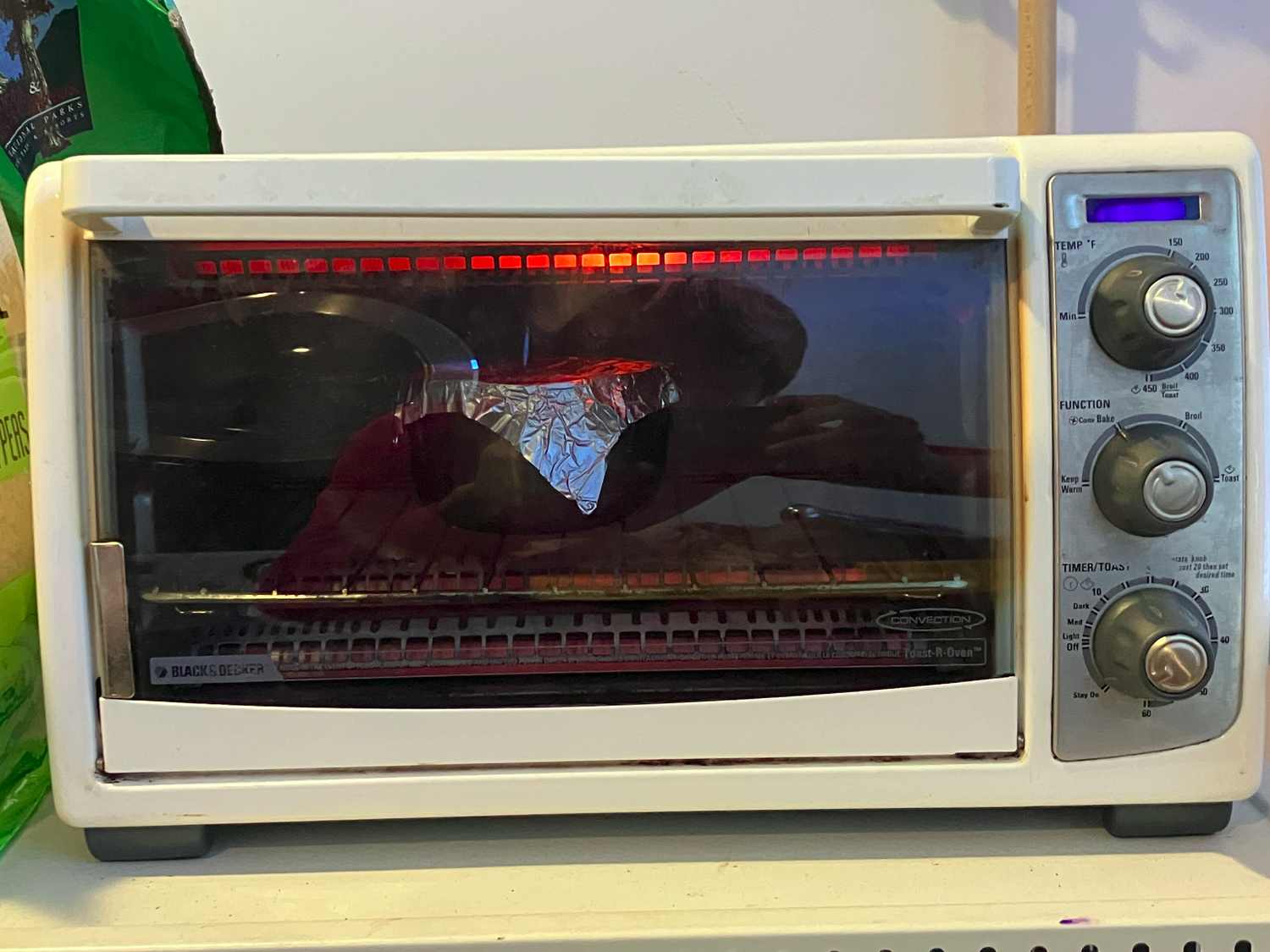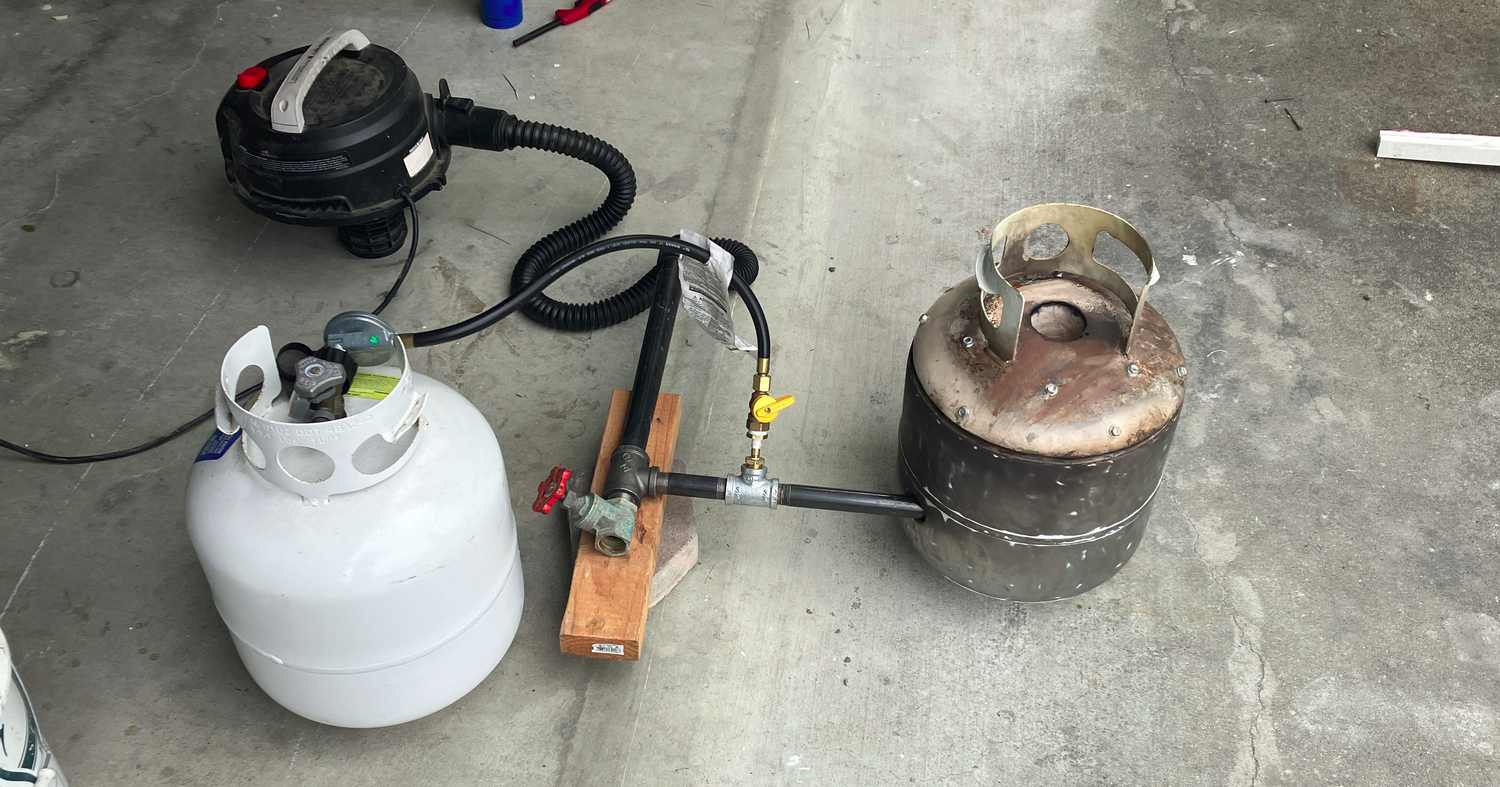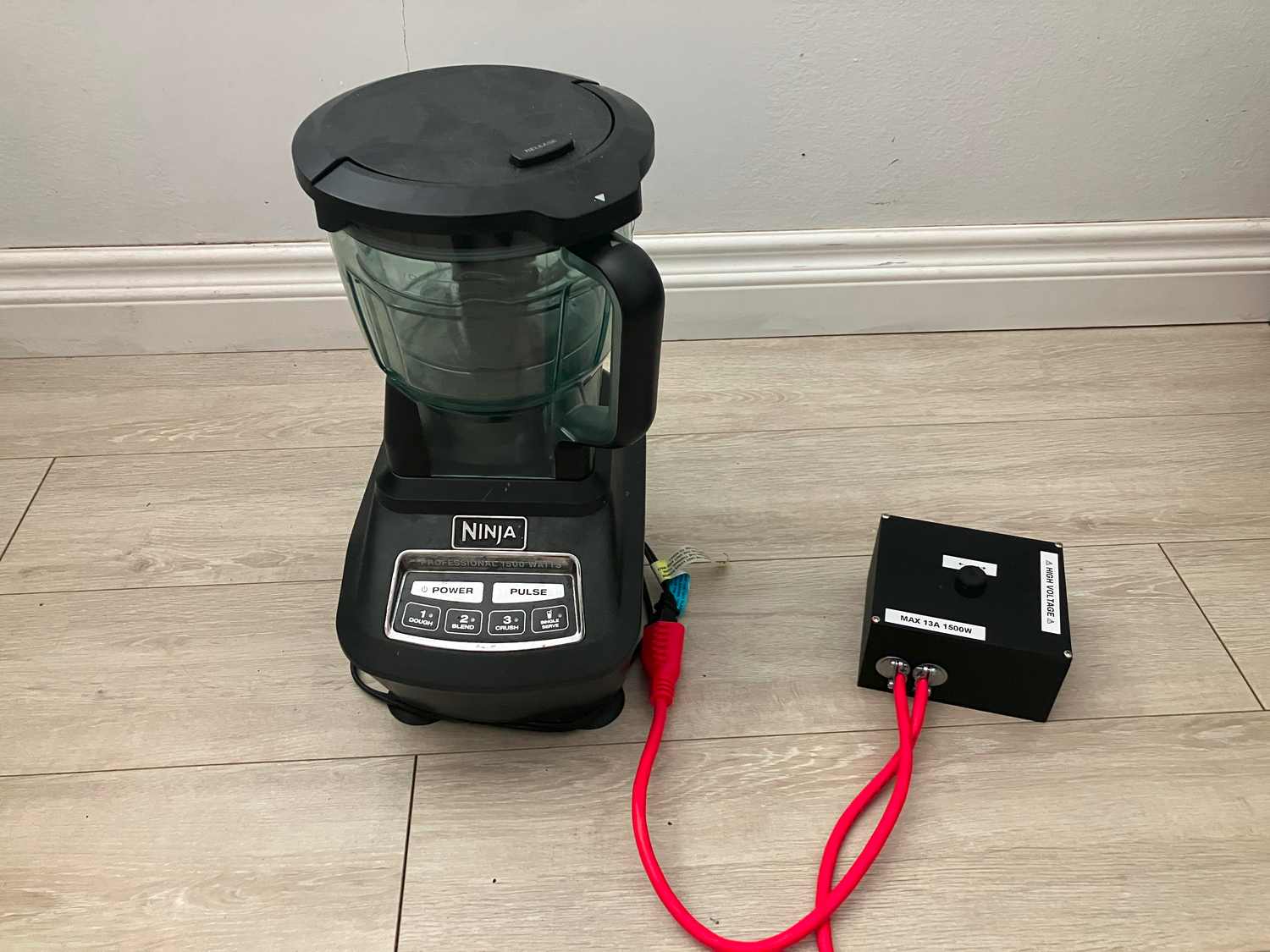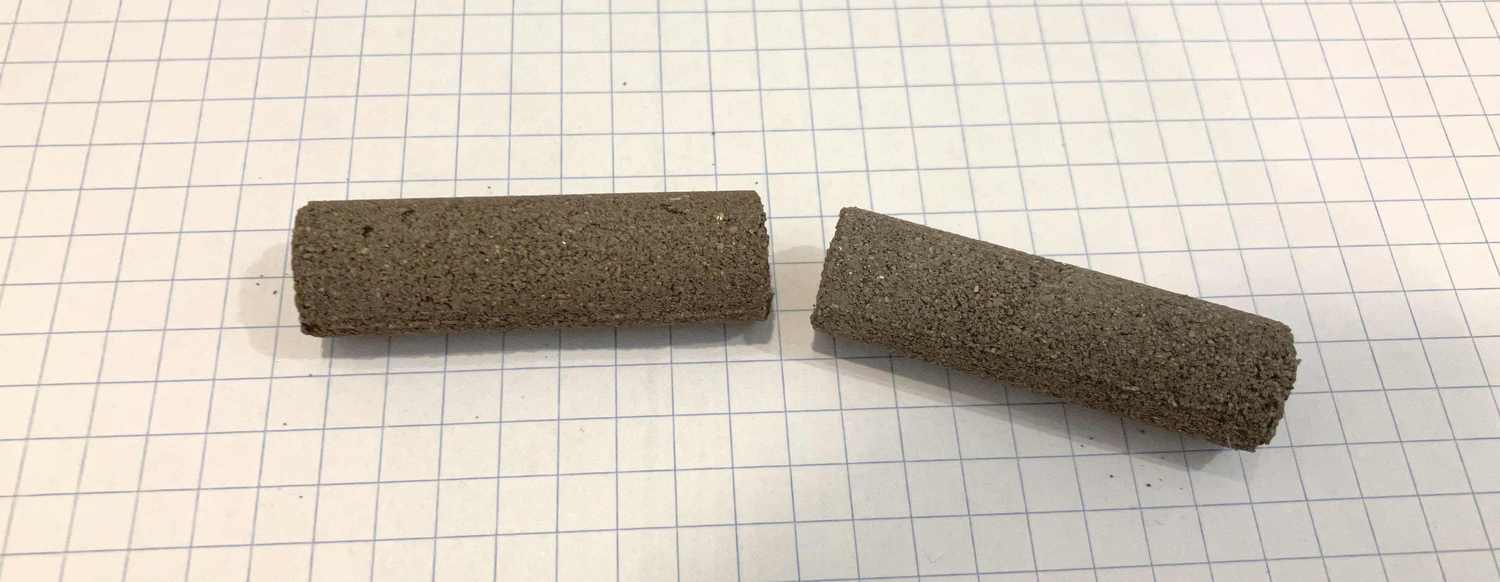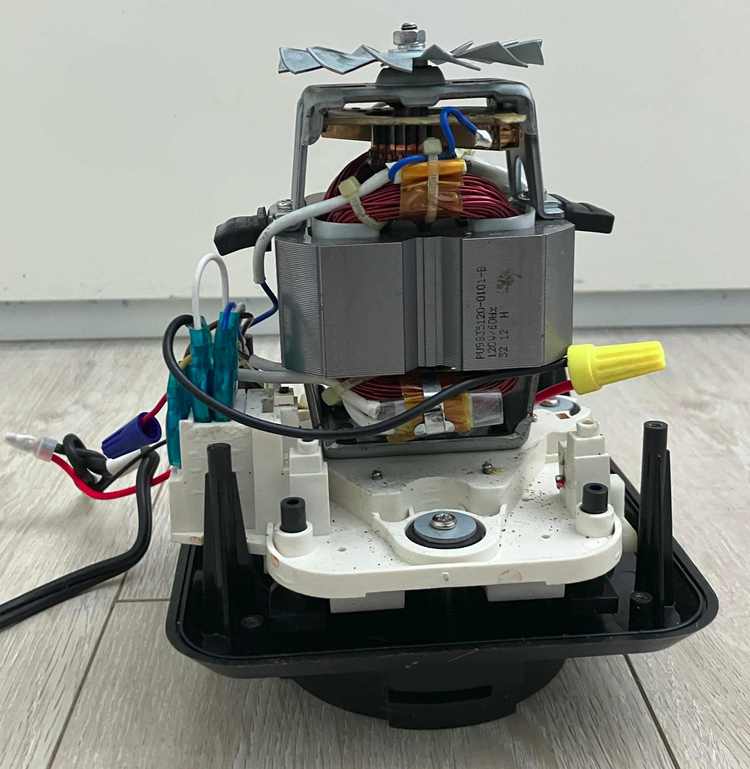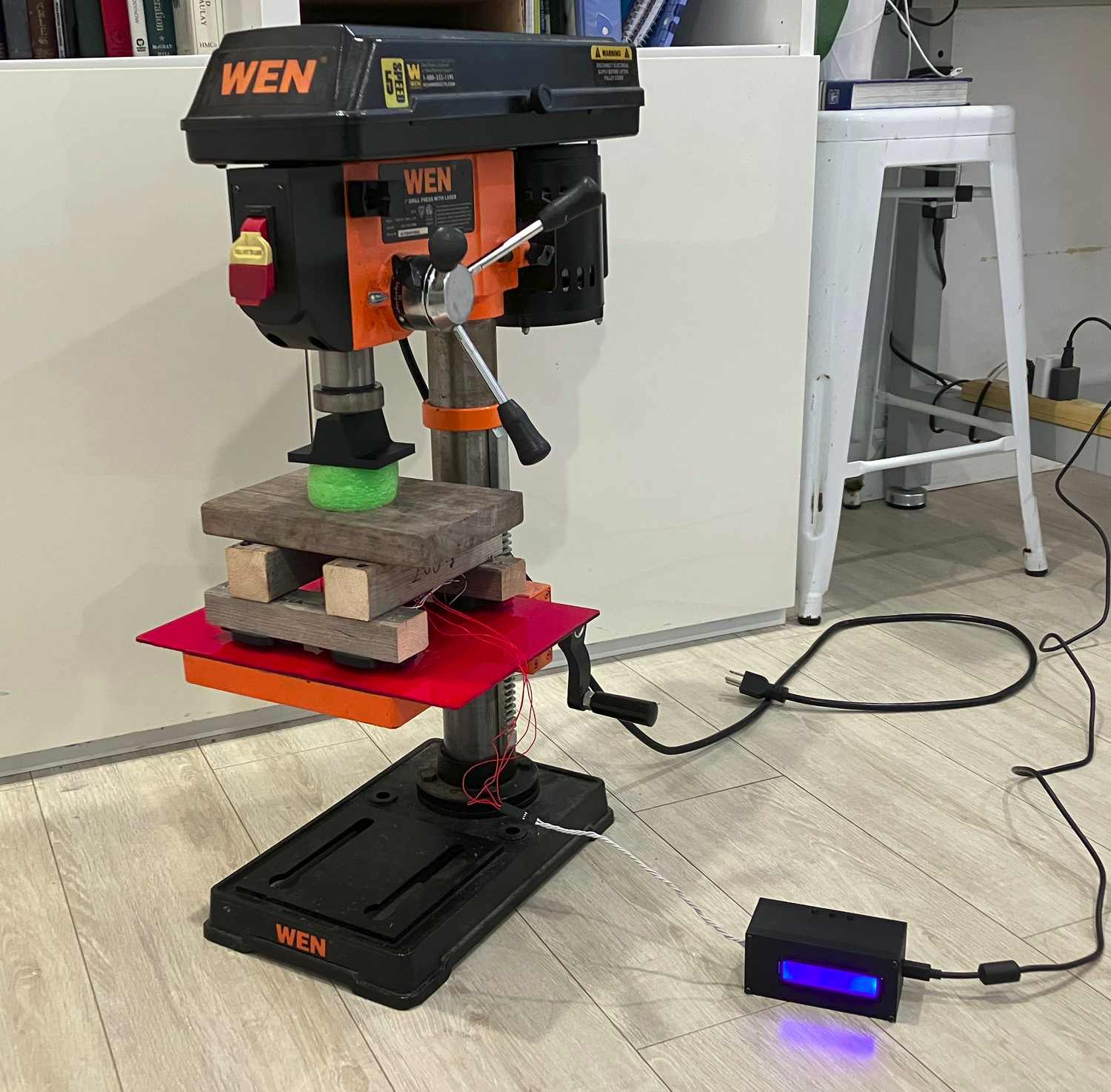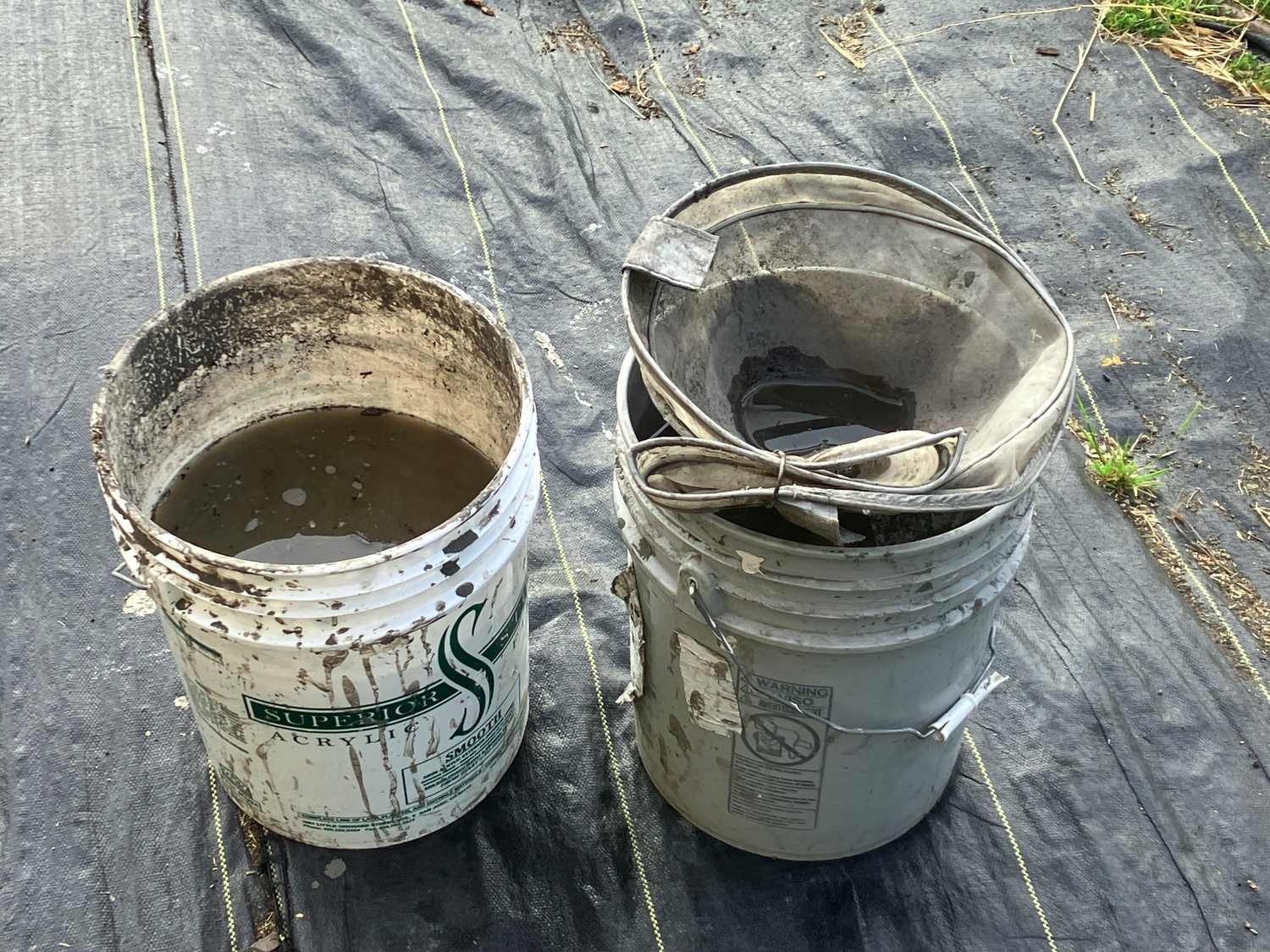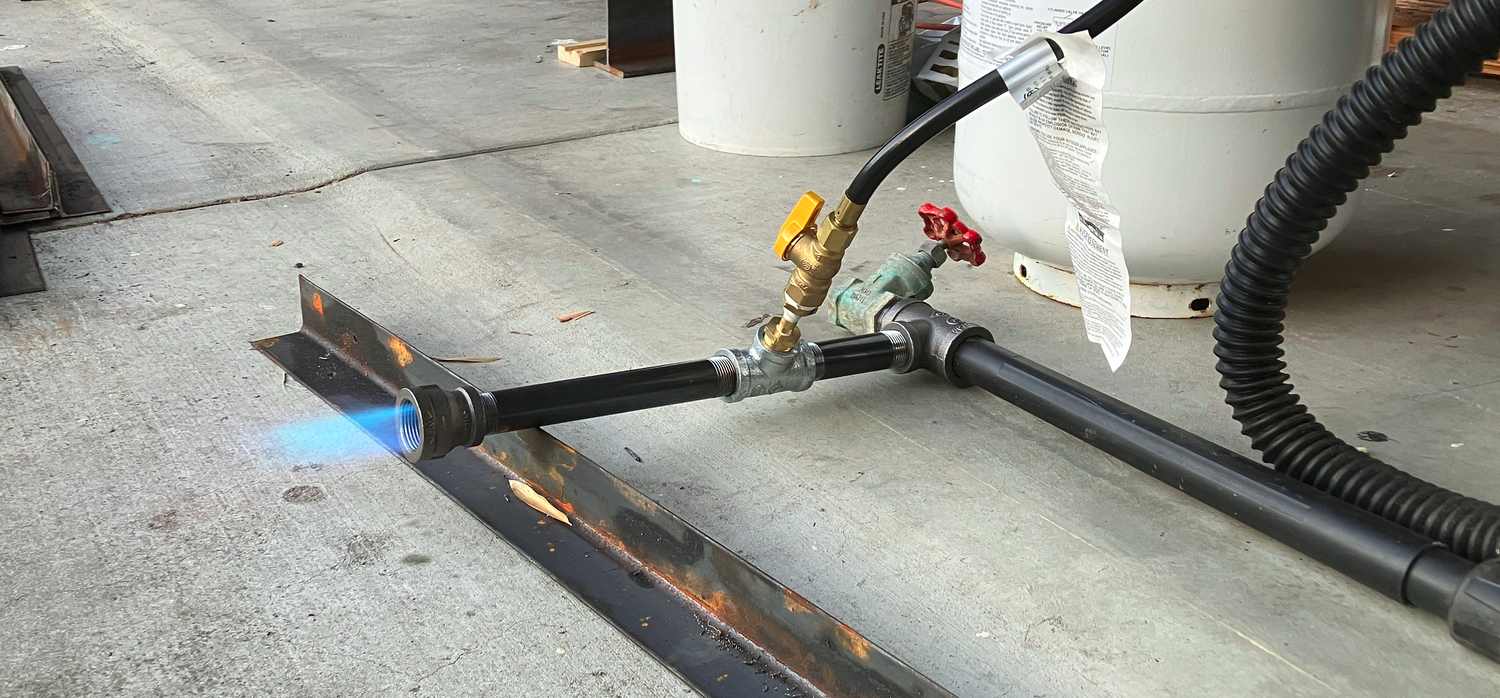Category: Random Projects
Random projects that I do to improve my life, try out an interesting new technology, learn a new skill, etc.
-
When a piece of dried clay is heated sufficiently, the water that is chemically bound to it is irreversibly driven off, and the clay particles bond covalently to each other. After this, the clay will no longer return to the plastic state if it gets wet. As it turns out, the temperature needed to dehydrate clays can be significantly lower than their firing temperature. According to this paper, it is between 400 °C and 600 °C for kaolins, but even lower for smectites — from 200 °C to 300 °C. Since the clay from my backyard is smectic, I was…
-
A problem I have struggled with in sand casting is mold tear-out. Even in patterns with generous draft angles, the sand very often gets torn out when the pattern is removed. Although charts of green sand mechanical properties versus moisture content, fineness, composition, etc. are available (for example in the US Navy’s Foundry Manual), the sand that I use is a bit different from industrial foundry sands in that it is much coarser, but has a higher proportion of binder, which is just clay soil from my backyard. I suspected that the binder may have been causing excessive pattern …
-
Introduction For the last year or so, I’ve been teaching myself sand casting. My metal of choice up until now has been zinc, because it is cheap and melts easily on a stove. I even built myself an electric stove out of an old air-fryer lid for melting zinc. So far, this has worked pretty well; the stove melts small amounts of zinc pretty quickly. But the stove doesn’t work too well when the weather is too windy, and zinc doesn’t have great mechanical properties: it’s brittle, weak, and dense. Wanting to melt other metals like aluminium and copper alloys…
-
One of the greatest advantages of AC power over DC is the ability to change its voltage by way of a transformer. However, transformers are bulky and expensive, especially variable transformers that allow household AC voltage to be lowered to throttle various electronic devices. But you can cheat: instead of varying the voltage, you can switch the power on and off to “chop off” part of each AC half-wave, effectively varying the voltage (though the output is not perfectly sinusoidal), with results that are good enough for many applications. Theory I found this very helpful article describing most of the…
-
Sand-cast parts commonly have internal geometries (ex. holes) that are produced with cores, internal molds made of bonded sand that are inserted into the main mold. The Theory I found an excellent book of practical sand casting information in the 1958 US Navy Foundry Manual. Cores are usually only supported by the mold at a few points, so they must be quite strong to withstand their own weight, as well as the buoyant forces produced when they are submerged in molten metal. For this reason they are made of a bonded sand different from normal molding sand. Typically, oil is…
-
I picked up a broken blender from a neighbor, hoping to fix it and use it for my own projects. The blender is powered by a 1500 W universal motor, whose speed is controlled by a TRIAC. A safety switch prevents the motor from running, even if it receives power from the mainboard, unless a blender bowl is put on with its lid in place. It also shorts out the motor when the bowl is removed, possibly as a safety feature to brake the motor if the bowl is suddenly removed rather than let it coast to a stop. A…
-
In a recent science fair project, I used a drill press as a press for strength testing. Drill presses are designed to exert fairly high forces while keeping the spindle perfectly straight. Pretty much all drill presses also have some provision to measure downwards travel, allowing the measurement of strain. Additionally, the self-holding Jacobs taper used to mount chucks can be used to mount 3D-printed test fixtures. This all makes drill presses a good choice for a DIY compressive or flexural strength-testing machine that you may already have at home. Unfortunately, since the Jacobs taper will release if you …
-
In this blog post, I detailed several ways of using backyard clay. The method that produced the best results was levigation, in which clay was suspended in water while impurities floated to the top or settled out. The clay-water was poured off and allowed to settle for a long time, after which the water was poured off from the settled clay. My mistake was severely underestimating the amount of clay that can be suspended in water. I initially thought that it worked something like the dissolution of ionic compounds, where clay particles go into suspension until the water can hold…
-
Introduction I’m trying to get better at casting, and this involves building a proper furnace to melt metals like aluminium and copper instead of just ones that can melt on a stovetop, like zinc. This mainly involves two things: the furnace’s body, and a burner. There are a few different types of burners that are used by hobbyists, and the most common are solid fuel, propane, and oil. Solid fuel furnaces are very easy to make, but don’t get very hot and are expensive to run. Propane burners are a bit harder to make, less expensive to run, and get…
-
I know I’m definitely not the first person to think of this, but I tried it yesterday and it works so well: using PVA glue (Elmer’s glue-all) to stiffen fabric. The back-story is this: I finally needed a proper wallet, so I made one myself using some denim from old jeans. Unfortunately, it was way too floppy and the large pocket in the back for putting dollar bills was so loose it would let the bills fall out really easily. As a last-ditch effort to fix it before just buying a proper wallet, I decided to try mixing some glue…

